Your Fitbit could save your life with this new skill. Your move, Apple Watch!
High-end Fitbits will be able to monitor your blood oxygen levels, checking for breathing abnormalities, in a blow to Apple
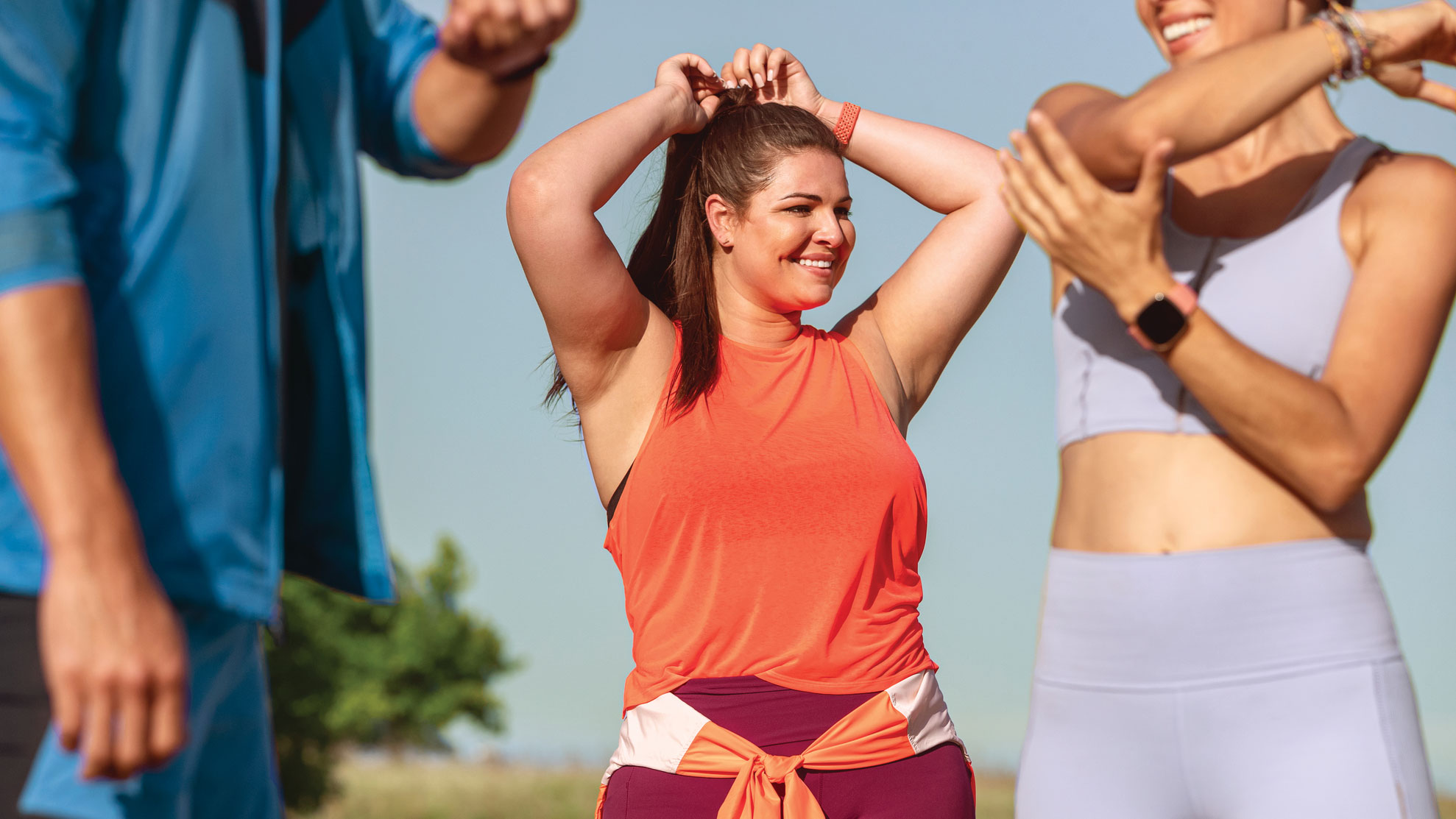

Fitbits are some of the most popular fitness trackers around right now, and with good reason: regardless of your budget or needs, there's a best Fitbit model for you.
However, while the no-frills bands from the Inspire range are "pure" fitness trackers, in that they don't carry much smartwatch functionality, the top-end Fibit Versa and upcoming Fitbit Sense models have eaten into the smartwatch market, competing with products like the Apple Watch.
- Want one? Browse our best Fitbit deals
- Check out cheap fitness tracker deals for the best Fitbit competitors
All the more advanced Fitbits are about to get a new tool to gain the edge over their rivals. The best Fitbits can already check your blood oxygen saturation levels, or SpO2 levels, and do so automatically while you sleep, adding the results to your restfulness score.
If you're breathing normally, your blood oxygen saturation levels remain steady, but low saturation could mean your airways are partially blocked while you sleep, which could let you know you're being affected by conditions like sleep apnea which are common in overweight individuals.
However, a new watch face called SpO2 Signature, which will be available for download on the Fitbit app, can go one step further. The watch face will automatically show your blood oxygen saturation, typically 95-100%, rather than forcing you to go looking for it in the app. This means you're immediately alerted if your breathing is irregular, or depriving your blood of oxygen, whenever you look at the watch.
This new functionality will be available on the upcoming Versa 3 and Fitbit Sense, as well as the Fitbit Versa 2, the original Versa, Versa Lite and Ionic.
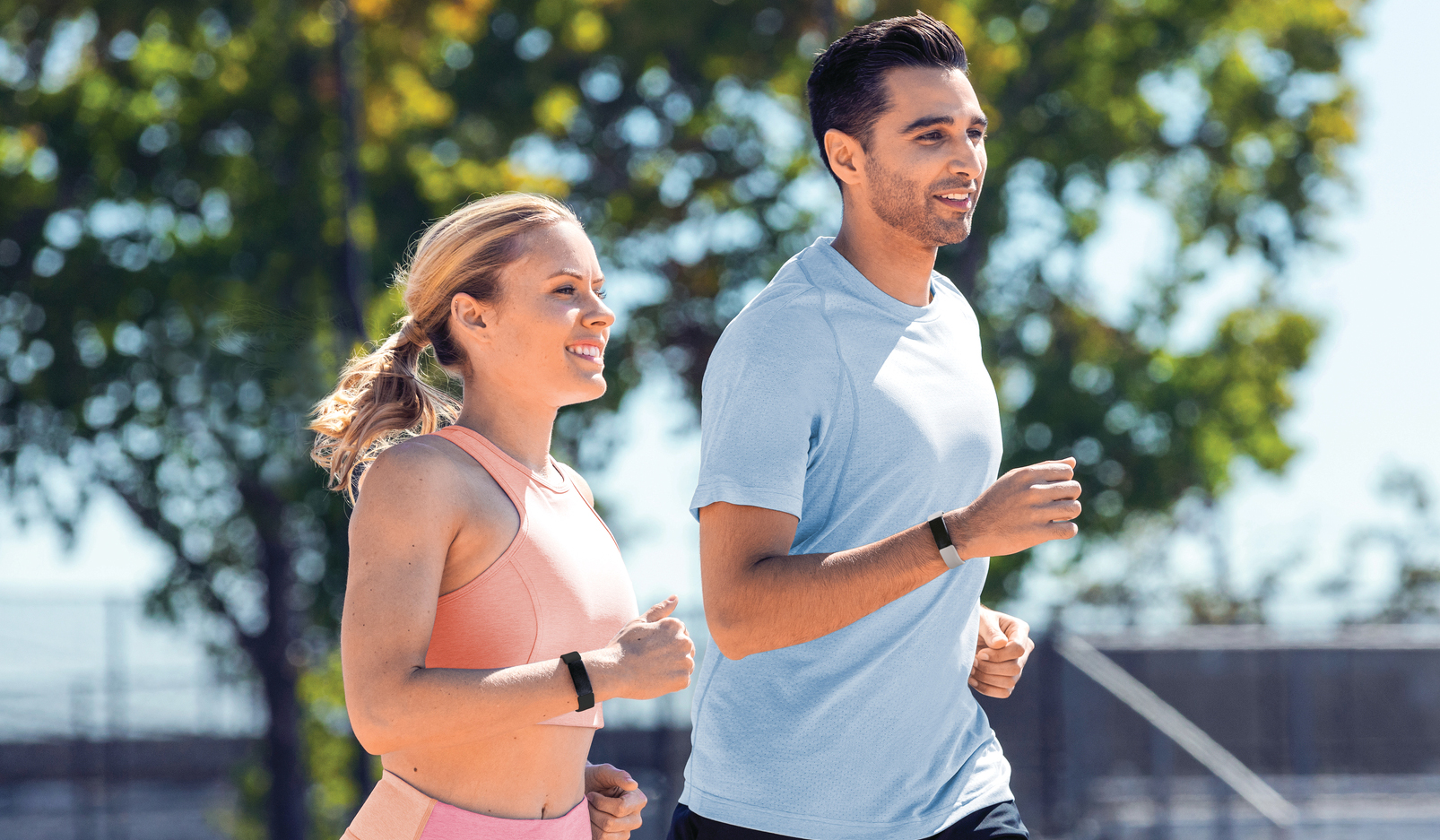
Fitbit measures this through a pulse oximeter, a tool which measures the oxygen in your system by beaming wavelengths of light from a point on the back of the watch, examining your pulse. However, it's not the only medical marvel in Fitbit's arsenal.
Get the Fit&Well Newsletter
Start your week with achievable workout ideas, health tips and wellbeing advice in your inbox.
Fitbit began a study this year to see whether its devices could detect early symptoms of coronavirus. The tech giant enrolled over 100,000 participants across the U.S. and Canada to wear the fitness trackers and attempt to pick up early signs of COVID.
Preliminary results are promising: the trackers detected nearly 50 percent of COVID-19 cases one day before participants reported the onset of symptoms. This was done with about 70 percent specificity, and is only due to get more accurate once the technology becomes more refined.
Matt Evans is an experienced health and fitness journalist and is currently Fitness and Wellbeing Editor at TechRadar, covering all things exercise and nutrition on Fit&Well's tech-focused sister site. Matt originally discovered exercise through martial arts: he holds a black belt in Karate and remains a keen runner, gym-goer, and infrequent yogi. His top fitness tip? Stretch.
-
 Do your gut a favor with this dietitian's gut-friendly veggie-filled fried rice recipe
Do your gut a favor with this dietitian's gut-friendly veggie-filled fried rice recipeKeep your tummy happy with this flavorful twist on a favorite
By Lou Mudge
-
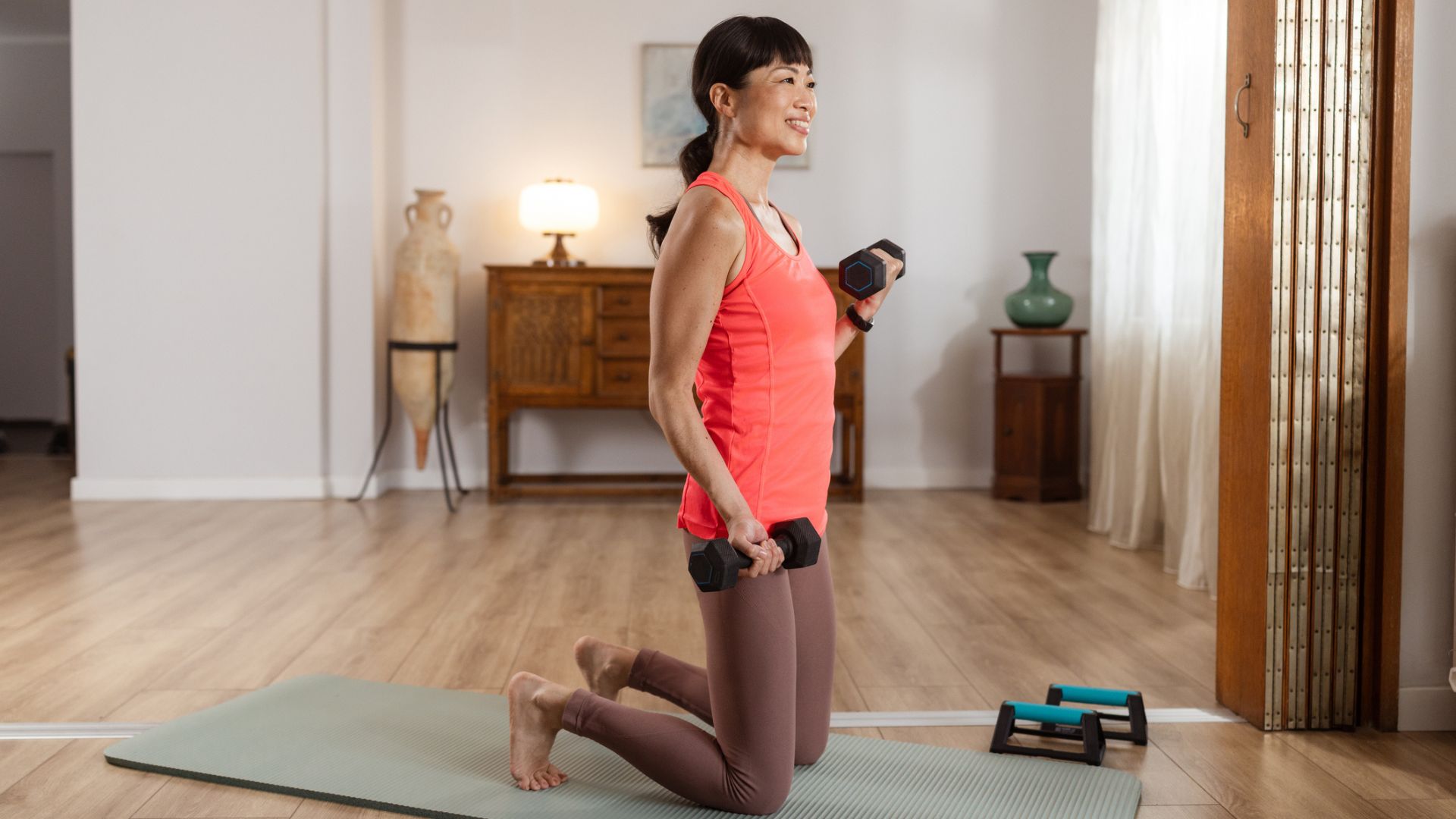 I’m a personal trainer and these are some of my favourite exercises to build core and upper body strength at home
I’m a personal trainer and these are some of my favourite exercises to build core and upper body strength at homeAll you need is a set of dumbbells for this kneeling workout
By Maddy Biddulph
-
 It's now or never—with $95 off, this Cyber Monday Apple AirPods Pro 2 deal will sell out fast
It's now or never—with $95 off, this Cyber Monday Apple AirPods Pro 2 deal will sell out fastDeal Apple's feature-packed in-ear headphones are at their lowest-ever price and a superb choice for running, cycling or any kind of exercise
By Paul Brett
-
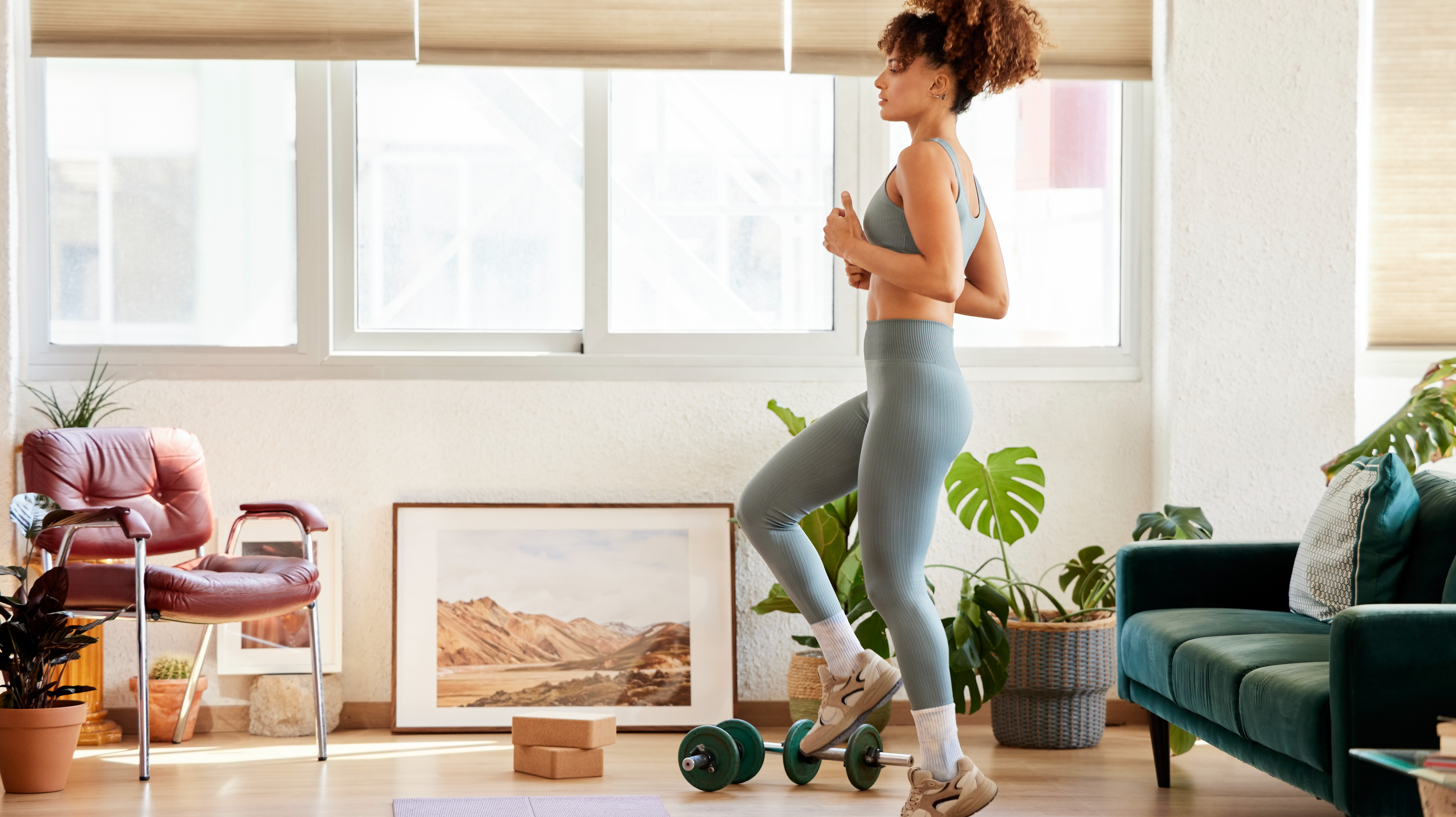 I tried this 5,000-step walking workout with over one million views—here’s how many steps I actually took, according to my Apple Watch
I tried this 5,000-step walking workout with over one million views—here’s how many steps I actually took, according to my Apple WatchWalking No jumping and no repeats, this at-home cardio workout got my heart racing
By Becks Shepherd
-
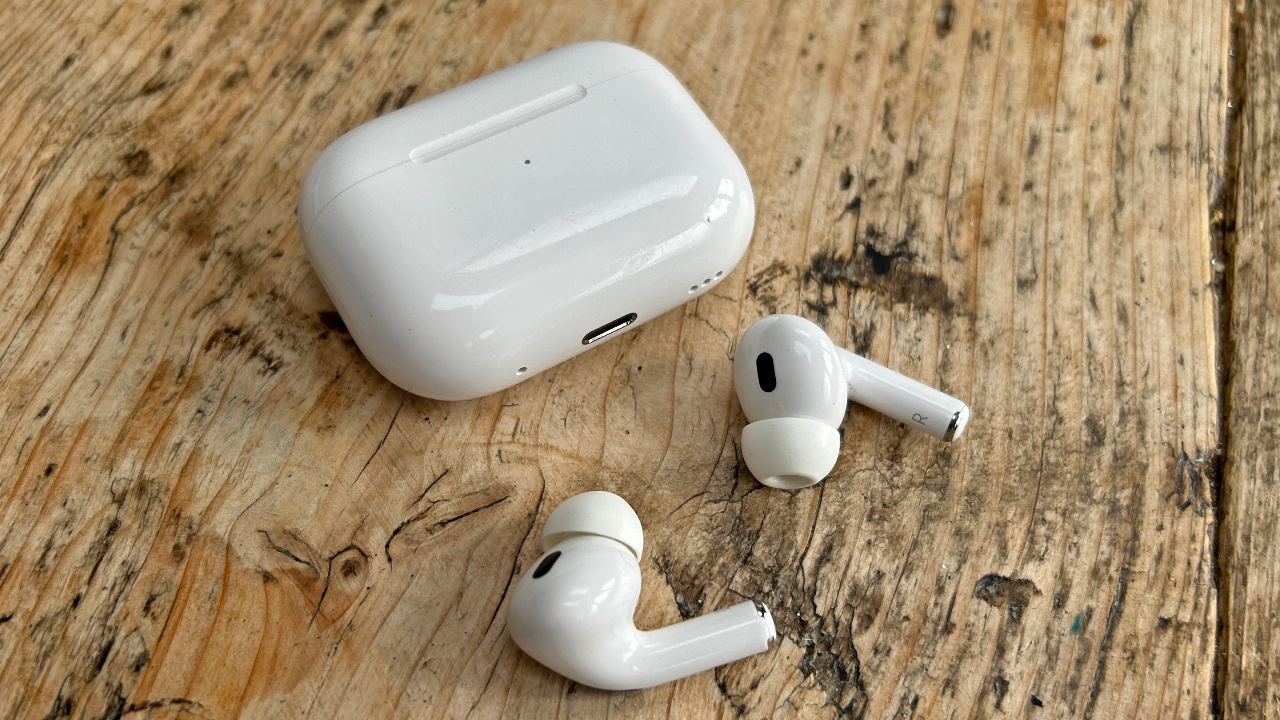 With a $70 saving, now is a great time to buy the Apple AirPods Pro 2
With a $70 saving, now is a great time to buy the Apple AirPods Pro 2Deal Apple's feature-packed AirPods Pro 2 are a brilliant choice for running, cycling, or any kind of exercise
By Rich Owen
-
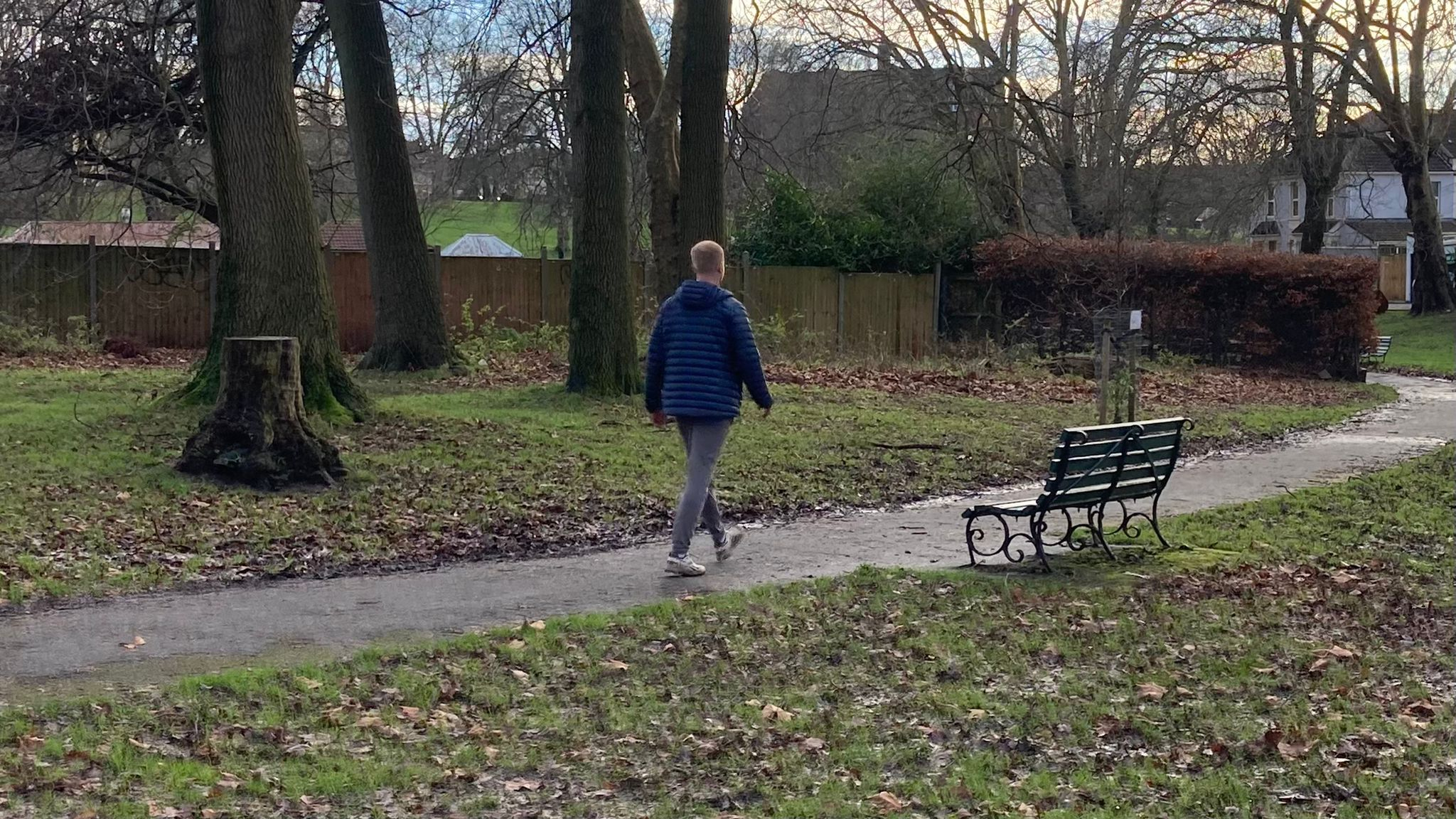 I did an Apple Fitness+ walking workout and was surprised by how much I enjoyed it—here's how you can try it for free
I did an Apple Fitness+ walking workout and was surprised by how much I enjoyed it—here's how you can try it for freeWalking Looking for an alternative way to boost your daily step count? Try this freebie from Apple
By Harry Bullmore
-
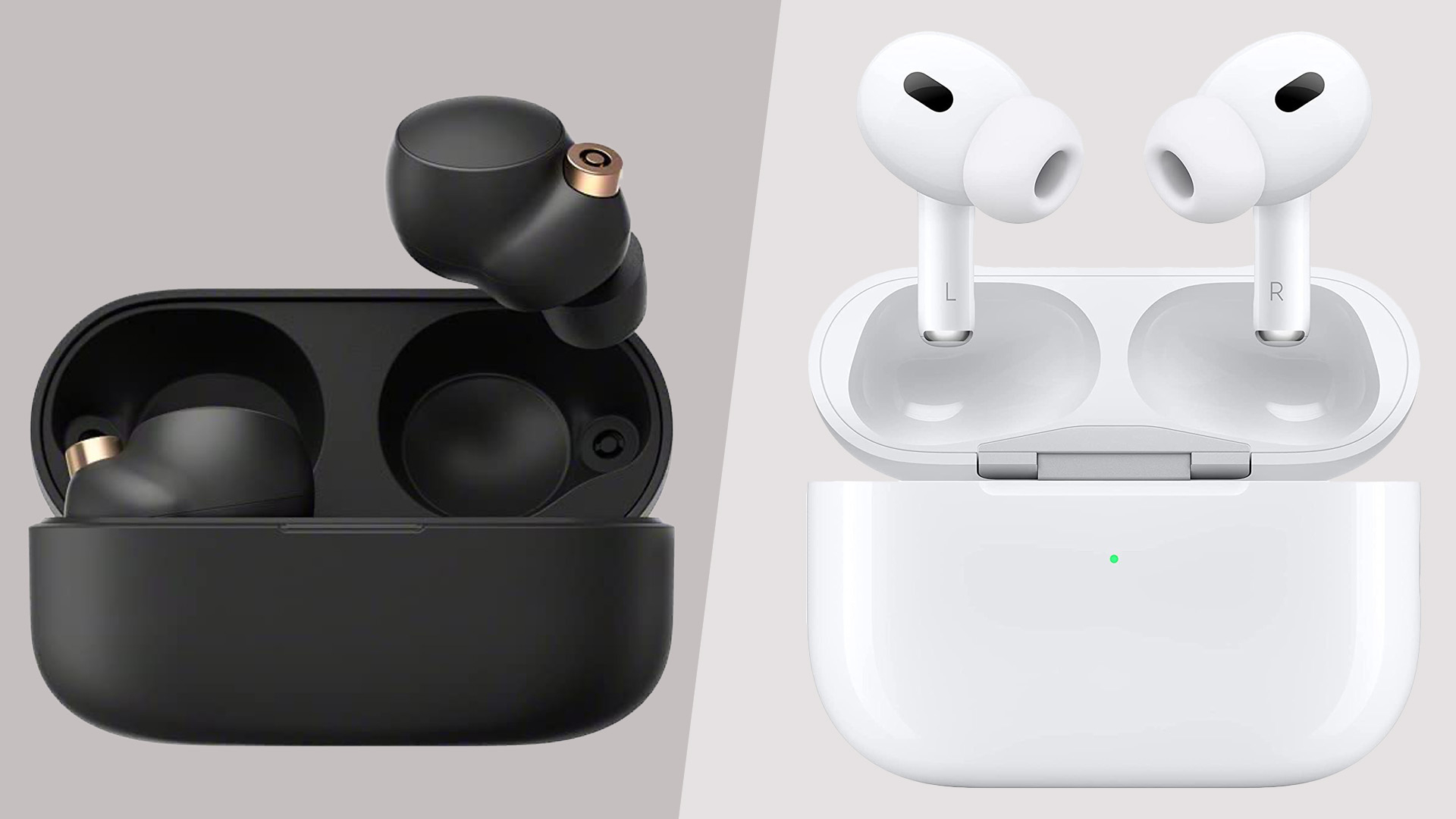 Sony WF-1000M4 vs Apple AirPods Pro: which workout earbuds are right for you?
Sony WF-1000M4 vs Apple AirPods Pro: which workout earbuds are right for you?Versus We're comparing Sony WF-1000M4 vs Apple AirPods Pro to help you decide between these workout headphones
By Andrew Williams
-
 Fitbit Sense vs Apple Watch 7: which fitness watch should you buy?
Fitbit Sense vs Apple Watch 7: which fitness watch should you buy?Versus The older Fitbit Sense and the Apple Watch Series 7 are similarly priced, but there are plenty of differences.
By Lloyd Coombes
-
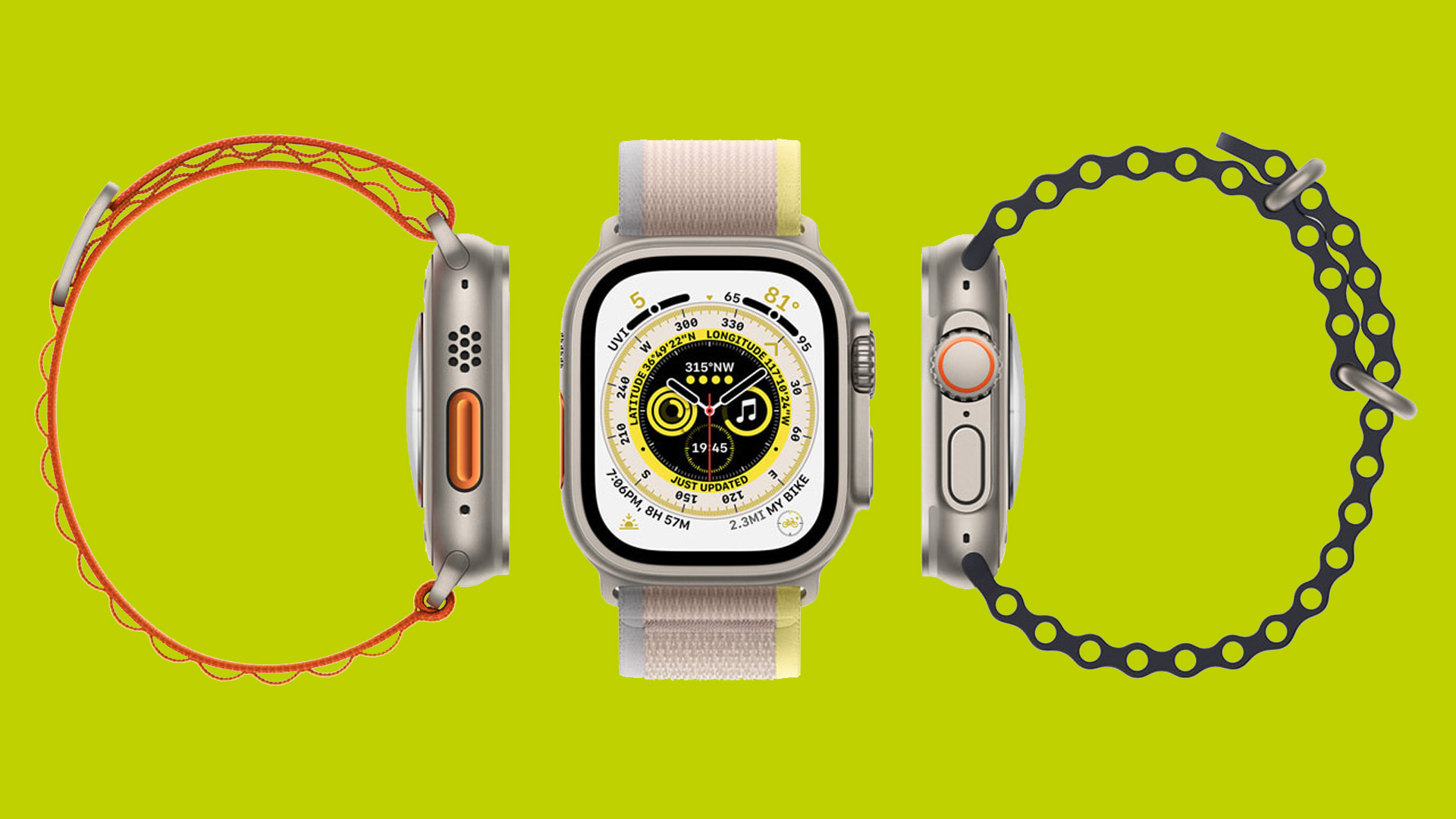 Should you buy an Apple Watch?
Should you buy an Apple Watch?The prices on some of the older models are falling – but should you really buy an Apple Watch this year?
By Andrew Williams
-
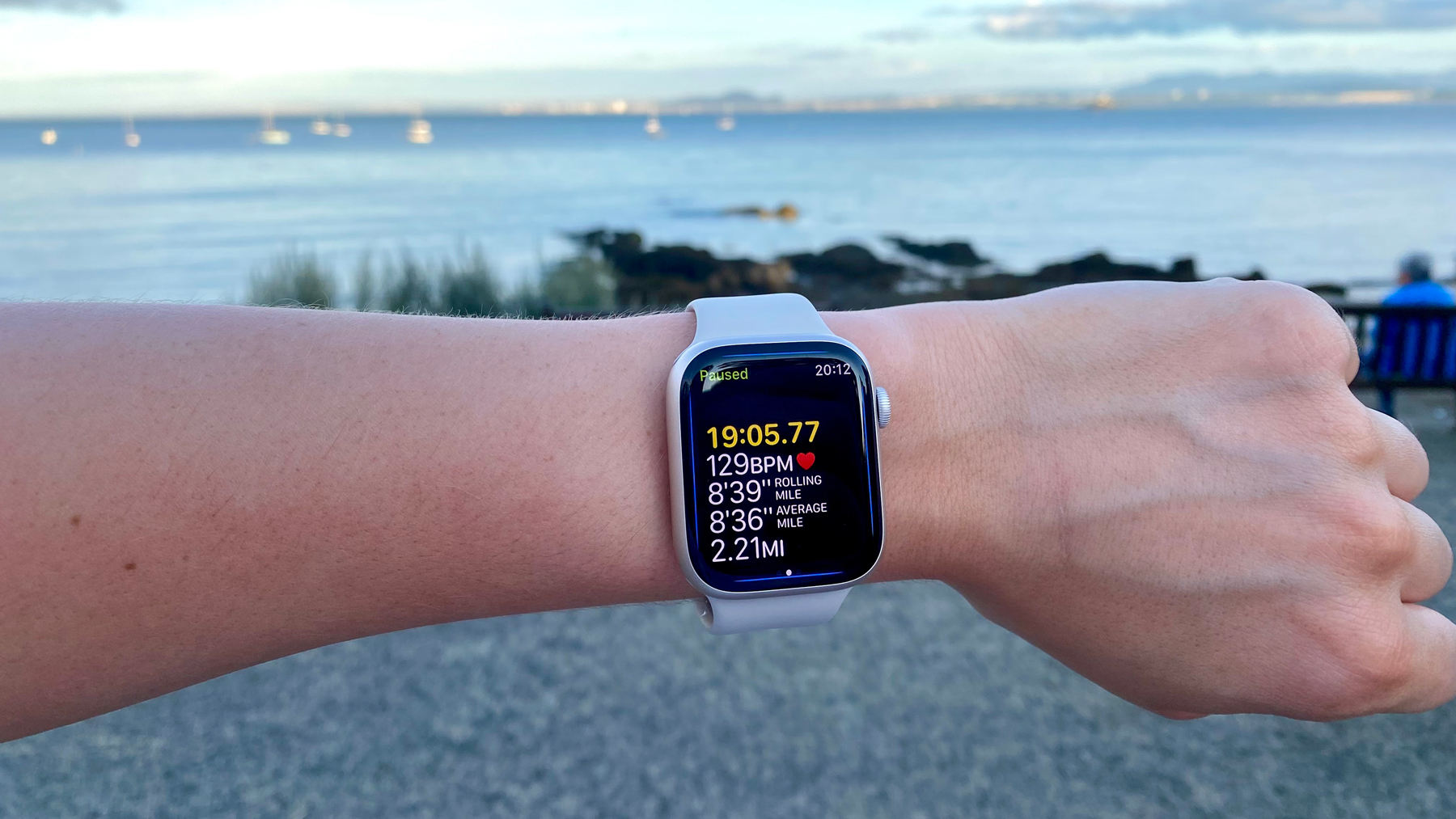 Apple Watch Series 7 review: a great fitness tracker for iPhone users, but runners should look elsewhere
Apple Watch Series 7 review: a great fitness tracker for iPhone users, but runners should look elsewhereReview Our Apple Watch Series 7 review puts the smartwatch to the test to see if it's the right tracker for your workouts
By Jessica Downey